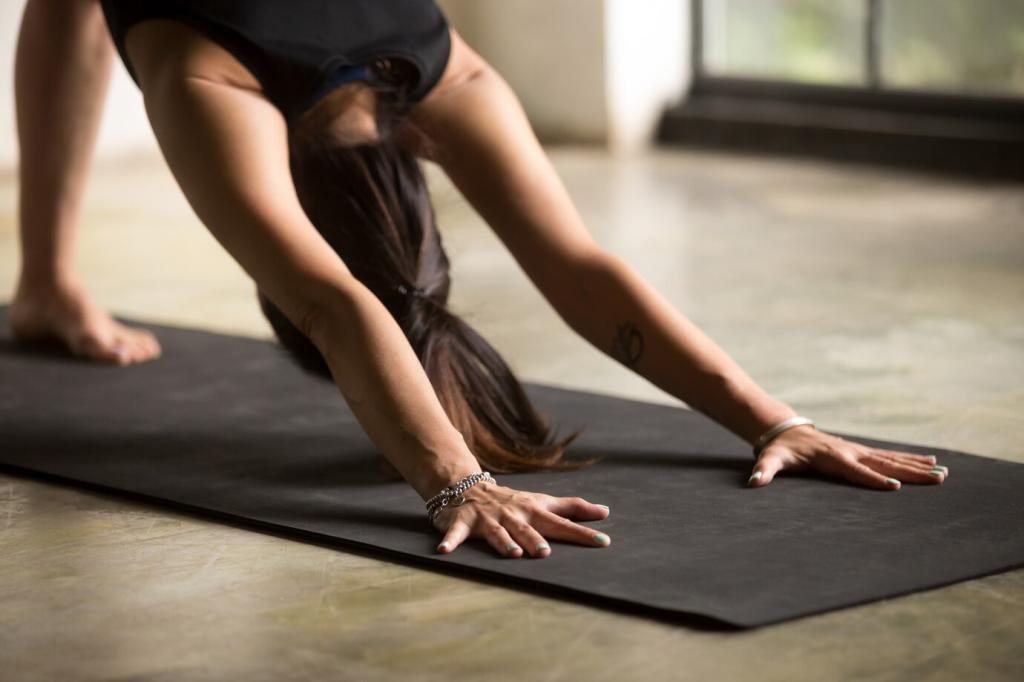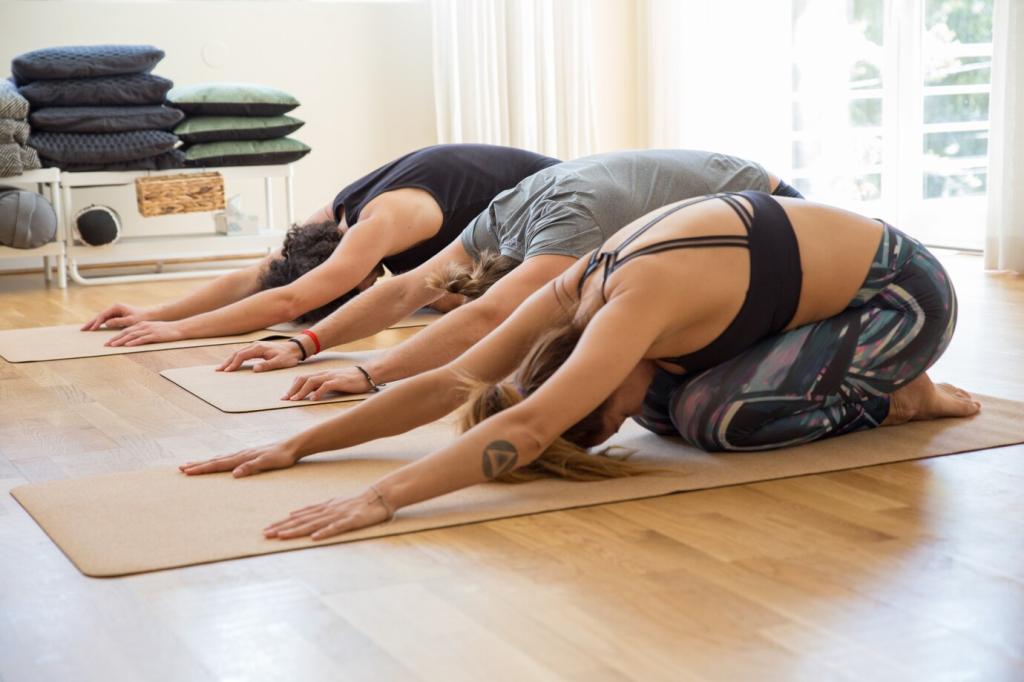
Home Yoga Routines: Tips for Beginners
Starting a home yoga practice can be both rewarding and empowering. Establishing your own routine helps you tailor each session to your needs, allowing you to progress at your own pace. For beginners, it’s important to foster consistency, comfort, and safety. This guide provides foundational advice, helping you build a practice that is sustainable, enjoyable, and beneficial to both body and mind.

Previous slide
Next slide
Building a Consistent Practice
Decide on a practice frequency that is achievable with your current obligations and energy levels. For many beginners, starting with shorter, more frequent sessions—such as three times a week for 20–30 minutes—tends to be more sustainable than infrequent, lengthy practices. Choose a specific time of day that aligns with your natural rhythms; many find early mornings or evenings most effective. Remember, consistency matters more than duration at this stage, so honor your commitment even if it means only a few minutes some days.
Previous
Next
Learning Foundational Yoga Poses
Exploring Common Beginner Poses
Start your journey with core poses such as Downward Facing Dog, Mountain Pose, and Child’s Pose. These postures are fundamental to most yoga routines, offering a combination of stretching, strengthening, and relaxation. Familiarizing yourself with them helps build muscle memory and boosts confidence. Focus on breathing steadily and exploring how your body feels in each pose, making adjustments for comfort. Remember, the goal is not perfect form, but safe and mindful movement.
Focusing on Safe Alignment
Correct alignment is crucial, especially for beginners, as it helps prevent injuries and maximizes the benefits of each pose. Take time to learn the key alignment points for each posture—such as stacking joints, engaging core muscles, and distributing weight evenly. Practicing in front of a mirror or recording yourself can provide valuable feedback. When unsure, refer to reputable online tutorials or consult a certified instructor virtually. Prioritizing safety ensures a long and injury-free yoga journey.
Using Modifications and Props
Props and pose variations are invaluable tools for beginners. They allow you to experience the benefits of each pose without straining or compromising alignment. Blocks can bring the floor closer in forward folds, straps can lengthen your reach in seated stretches, and blankets can cushion sensitive joints. Embrace modifications as a sign of self-care rather than limitation—over time, your strength and flexibility will naturally improve, allowing you to phase out certain supports.
